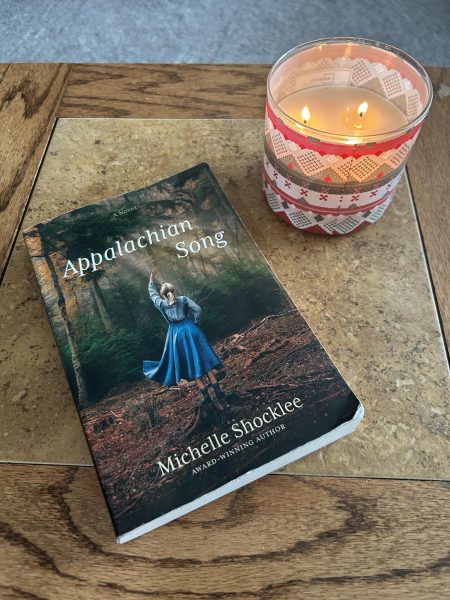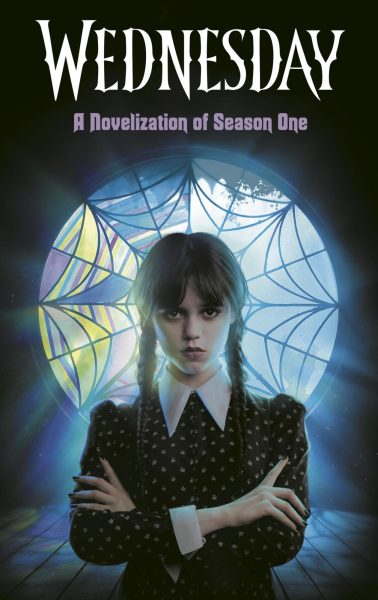Success in Numbers Only: Haunted Hallways Falls Apart Before the Night is Through
Although SADD (Students Against Destructive Decisions) was left without a sponsor this year, the ADM Yearbook, News Journalism, and Speech teams picked up the mantle of the annual fundraiser, Haunted Hallways. The fundraiser, which in previous years took place outside and was known as the Haunted Forest, is ADM’s version of a haunted house complete with jump scares, ominous guides, and a five dollar admission fee.
Haunted Hallways was organized by teachers Jacqueline Seidl and Beth Basinger, but the day of, the students ran this horror show for the most part. On October 28th, at two o’clock, students arrived at the school and decorated their chosen rooms, although there probably should have been more forward planning, as there were seven rooms, but they could easily fall under a few categories: exorcisms, asylums, and general pitch-black jump scares.
This isn’t to say the rooms weren’t creatively assembled, each group of students put their own twist on their chosen theme and used minimal materials to make stunningly scary rooms for their unwitting guests. Some students went so far as to use their own funds to purchase costumes, sheets (to cover the walls–educational posters often detract from the terrifying theme), and lots of red paint.
The doors to the handmade attraction opened up at six, and the lights were on from then until seven so that little children could trick or treat with minimal fear. Even with the lights on, however, some children remained too petrified to participate in every room. After seven came and went, the lights went off, with only orange, red and green fairy lights to illuminate the correct path. Candy was no longer given out and a slightly older crew of customers took the place of colorful Master Chiefs and Disney Princesses.
At first things couldn’t have been going better, the volunteers were finally able to frighten customers without the added guilt of crying five year-olds. At eight, new customers stopped coming in, and, instead, middle schoolers with nothing better to do continued to pay the five dollar admission fee multiple times so they could go back and harass their tormentors. It was interesting to hear complaints about how rooms “weren’t scary anymore” by the same voice for the fifth time, but, being strapped to a dolly while playing Hannibal Lecter, I decided not to say anything.
Around nine, just an hour before closing, things really started to fall apart. Volunteers left their rooms when the clientele started to get as boring and monotonous as the 30 minute sound byte that was played for the sixth time. Customers grew increasingly hostile and some rooms, out of boredom, gave up all together; they tore down with only 40 minutes left to go. Finally, in a last ditch attempt to regroup, Seidl and Basinger called forten-minuteute break to let volunteers use the restroom, eat, drink, and focus on the task at hand.
After the break, things improved slightly, but by ten volunteers were more than glad to shut things down. So while Haunted Hallways was successful monetarily (even repeat customers have to pay admission fees), some volunteers would have benefited from keeping in mind a key element to providing any kind of service: professionalism.







